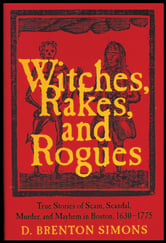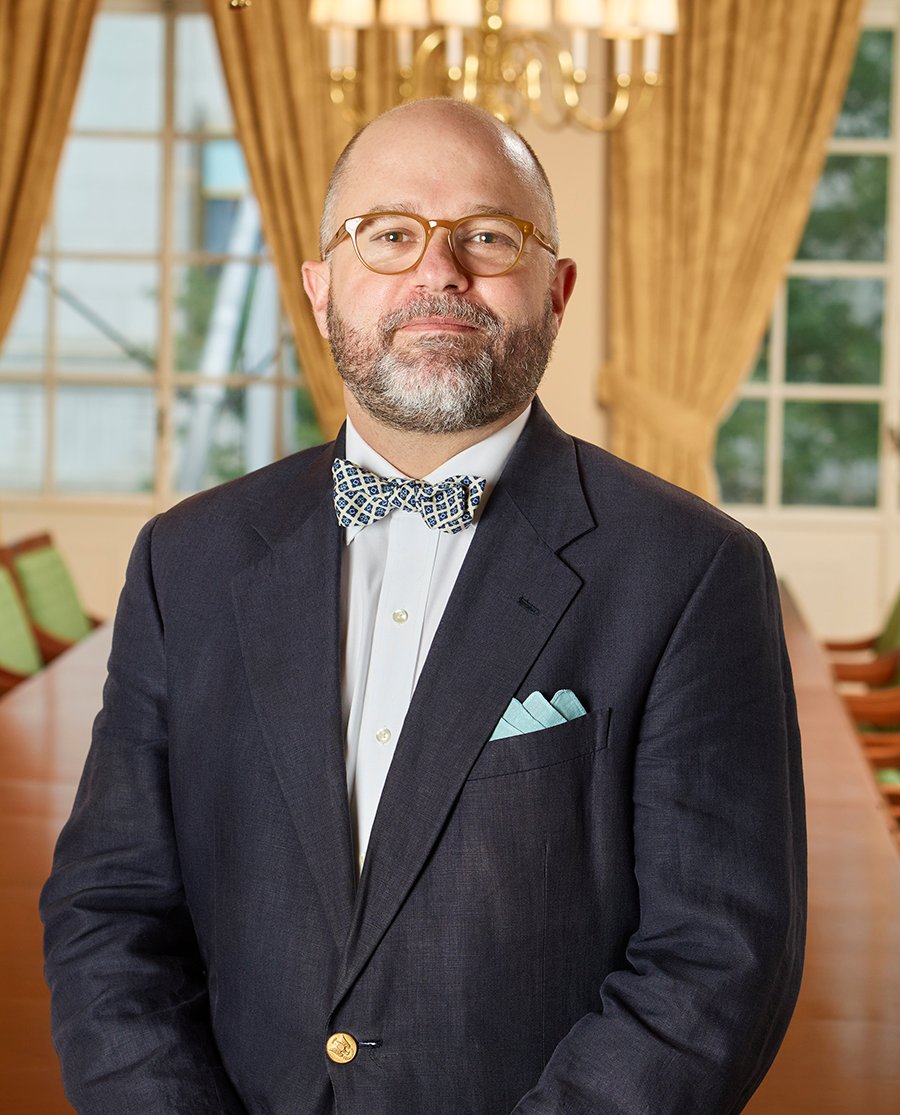 Memorable for her encounter with Hester Prynne in The Scarlet Letter, Mistress Hibbins was not simply a figment of Nathaniel Hawthorne’s imagination. Long a controversial woman in Boston, she was a real person who in May 1656 was sentenced to death for the crime of witchcraft. The widow of an affluent merchant and office holder, Ann Hibbins was, in the words of historian Samuel Adams Drake, a “person of superior quality in life,” and not, as the popular imagination conceives of a witch, a “wretched hag.”
Memorable for her encounter with Hester Prynne in The Scarlet Letter, Mistress Hibbins was not simply a figment of Nathaniel Hawthorne’s imagination. Long a controversial woman in Boston, she was a real person who in May 1656 was sentenced to death for the crime of witchcraft. The widow of an affluent merchant and office holder, Ann Hibbins was, in the words of historian Samuel Adams Drake, a “person of superior quality in life,” and not, as the popular imagination conceives of a witch, a “wretched hag.”
In spite of her privileged position in Boston society, Ann was unable to stave off strong public sentiments against her. Following her influential husband’s death, she was considered “so odious to her neighbors as to cause some of them to accuse her of witchcraft.” When the accusations mounted, Ann was brought before the authorities, who concluded that she should stand trial. Regrettably, no court records or firsthand accounts remain to tell us of the evidence presented against her or the names of witnesses who testified on her witchcraft activities.
But if Ann was as stubborn and disobliging a witness as she had been in previous court appearances, for which records do survive, it is likely she did herself considerable damage during the trial. Although she was found guilty by a jury, her case was referred to the General Court – the same body on which Ann’s husband had formerly served. “Vox populi went sore against her,” the historian William Hubbard noted, “and was the chiefest part of the evidence against her, as some thought.”
One of the final references to the possibility of witchcraft in Boston came in 1694. After making a mundane entry in his diary on January 19, 1694, about the installation of a new kitchen floor, Samuel Sewall noted the following tantalizing item: “This day Mrs. Prout dies after sore conflicts of mind, not without suspicion of witchcraft.” Elizabeth Upsall Greenough Prout would have been one of the last women in Boston to be considered a witchcraft victim, but the episode at the close of her life remains an unsolved mystery of early Boston history.
Unlike the more famous events in Salem in 1692, episodes of suspected witchcraft or diabolical possession in Boston were mostly unrelated events. Many women and a few men escaped with their lives. Women and children who experienced what they claimed were possessions gradually returned to normality. However, for four Boston-area women – Margaret Jones, Alice Lake, and Ann Hibbins, as we have seen, as well as Mary Glover – witchcraft charges leveled by their neighbors exacted the ultimate toll.
Adapted from Witches, Rakes and Rogues: True Stories of Scam, Scandal, Murder, and Mayhem in Boston, 1630–1775.
Share this:

About D. Brenton Simons
Currently piloting a groundbreaking $55 million “Connecting Families, Advancing History” capital campaign for NEHGS, Brenton Simons has led the Society to major growth in its national services and scope and to its pivotal role in the popular expansion of the genealogical field in America. A staff member since 1993 and President and CEO since 2005, he has developed several of the organization’s most popular services, including its website, member magazine, and special publications imprint. In addition, he is the author of several books, including “Boston Beheld: Antique Town and Country Views” and “Witches, Rakes, and Rogues: True Stories of Scam, Scandal, Murder and Mayhem, 1620-1775,” winner of the 2006 Award of Merit from the Association for State and Local History. Most recently he produced with Atlantic Media a short film on NEHGS, “A Farseeing Vision,” recipient of the 2011 Silver Telly Award. His genealogical articles have appeared in The New England Historical and Genealogical Register, The American Genealogist, The Pennsylvania Genealogical Magazine and elsewhere. A graduate of Boston University, he is a member of the Colonial Society of Massachusetts, the American Antiquarian Society, the Club of Odd Volumes, the Society of the Cincinnati, and is a fellow of the Massachusetts Historical Society.View all posts by D. Brenton Simons →